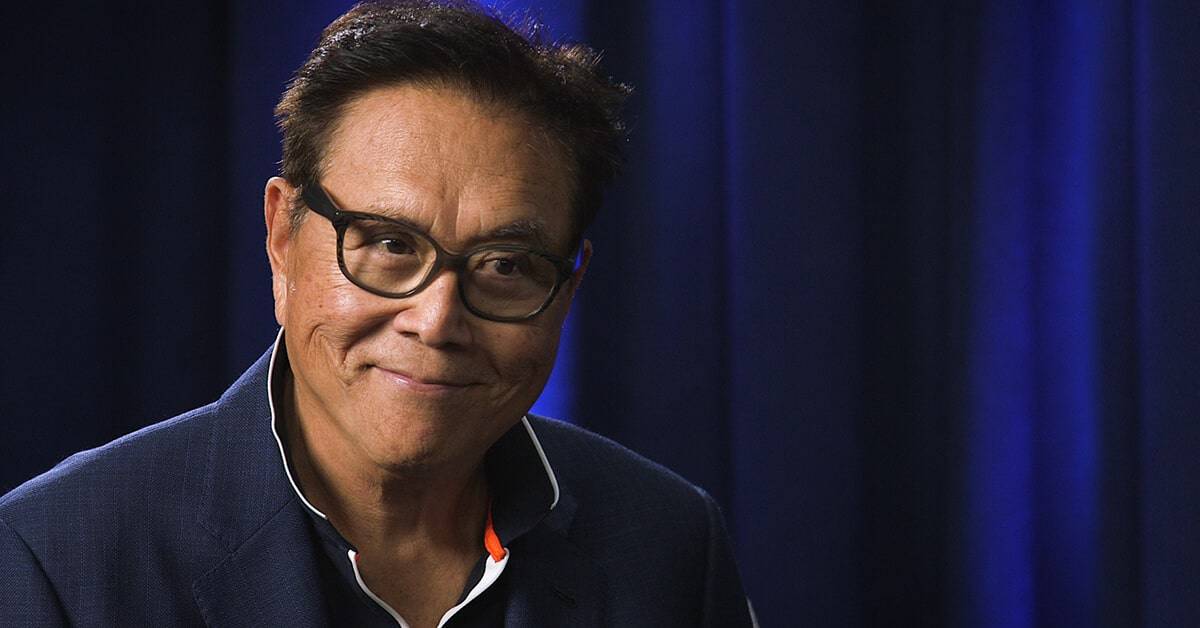Robert Kiyosaki Bets Big on Silver, Predicts Major Rally in 2025
04.04.2025 19:00 1 min. read Alexander Stefanov
Robert Kiyosaki, well-known for his investment advice and outspoken social media presence, has recently shifted his focus from Bitcoin and gold to silver.
While he has often discussed silver alongside his usual topics, it rarely took center stage—until now. In a recent series of posts, the “Rich Dad Poor Dad” author made it clear that silver is becoming his top investment pick.
In an April 2 post, Kiyosaki outlined why he believes silver outshines both gold and Bitcoin.
His main argument centers on silver’s wide range of industrial applications. He emphasized its critical role in sectors like solar panels, electric vehicles, electronics, computers, arms manufacturing, medical equipment, and water purification.
According to Kiyosaki, the increasing industrial demand, coupled with a growing supply shortage, makes silver particularly attractive compared to gold and Bitcoin, whose supplies remain relatively stable.
Kiyosaki also pointed out that silver’s relatively low price makes it an appealing investment. Despite gaining over 19% in the past year and nearly 10% in 2025 alone, the metal is still trading at around $32.41, significantly below its all-time high of $49.45.
This price gap, he argues, presents a buying opportunity, especially as he anticipates a strong rally in 2025, predicting the price could reach $70—a potential increase of over 115%.
-
1
UK Regulators Unveil PISCES – A New Era for Private Share Trading
11.06.2025 15:00 2 min. read -
2
Trump Turns 79 With Billions in Crypto and a $45M Parade
14.06.2025 22:00 2 min. read -
3
Polygon Breaks from Decentralization as Sandeep Nailwal Assumes Full Control
11.06.2025 20:00 2 min. read -
4
KuCoin Plants Its Flag in Bangkok With a Licensed Thai Exchange
14.06.2025 13:00 1 min. read -
5
Nvidia CEO Urges UK to Invest in AI Infrastructure or Risk Falling Behind
10.06.2025 9:00 1 min. read
U.S. Bank Advises Clients to Drop These Cryptocurrencies
Anchorage Digital, a federally chartered crypto custody bank, is urging its institutional clients to move away from major stablecoins like USDC, Agora USD (AUSD), and Usual USD (USD0), recommending instead a shift to the Global Dollar (USDG) — a stablecoin issued by Paxos and backed by a consortium that includes Anchorage itself.
Vitalik Buterin Warns Digital ID Projects Could End Pseudonymity
Ethereum co-founder Vitalik Buterin has voiced concerns over the rise of zero-knowledge (ZK) digital identity projects, specifically warning that systems like World — formerly Worldcoin and backed by OpenAI’s Sam Altman — could undermine pseudonymity in the digital world.
What Are the Key Trends in European Consumer Payments for 2024?
A new report by the European Central Bank (ECB) reveals that digital payment methods continue to gain ground across the euro area, though cash remains a vital part of the consumer payment landscape — particularly for small-value transactions and person-to-person (P2P) payments.
History Shows War Panic Selling Hurts Crypto Traders
Geopolitical conflict rattles markets, but history shows panic selling crypto in response is usually the wrong move.
-
1
UK Regulators Unveil PISCES – A New Era for Private Share Trading
11.06.2025 15:00 2 min. read -
2
Trump Turns 79 With Billions in Crypto and a $45M Parade
14.06.2025 22:00 2 min. read -
3
Polygon Breaks from Decentralization as Sandeep Nailwal Assumes Full Control
11.06.2025 20:00 2 min. read -
4
KuCoin Plants Its Flag in Bangkok With a Licensed Thai Exchange
14.06.2025 13:00 1 min. read -
5
Nvidia CEO Urges UK to Invest in AI Infrastructure or Risk Falling Behind
10.06.2025 9:00 1 min. read


